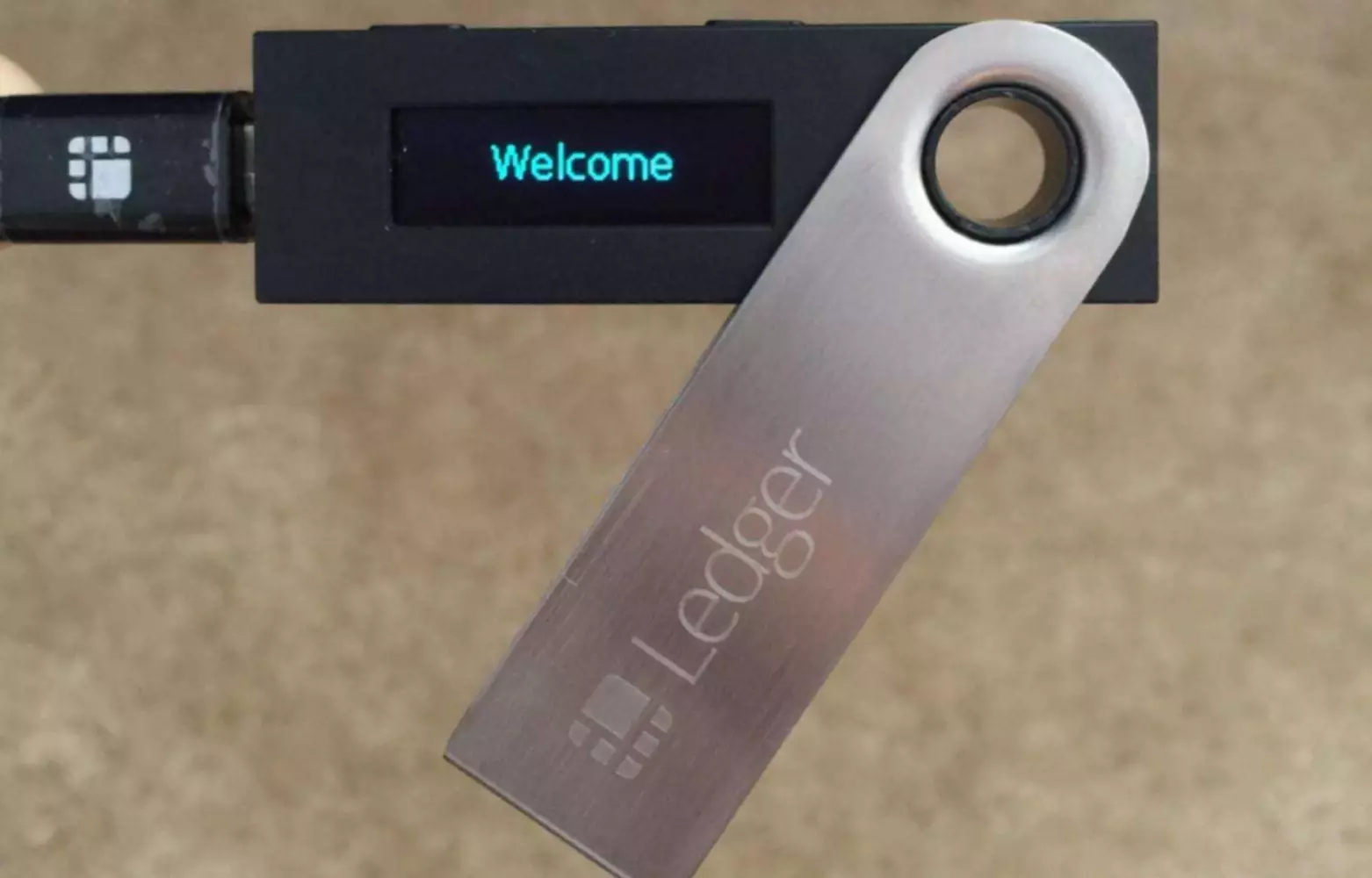Content
Artificial intelligence algorithms are used to build conversational chatbots that use text- and voice-based communication to interact with users. The chatbots, once developed, are trained using data to handle queries from the users. Chatbots are primarily used to enhance customer experience by offering 24/7 customer support, but in a cost-effective manner. Businesses have also started using chatbots to serve internal customers with knowledge sharing and routine tasks. Chatbots process data for quick answers with predefined rules and AI-based chatbots to all forms of user questions.
Below are the key reasons why more and more businesses are adopting the chatbot strategy and how they are a win-win formula to acquire & retain customers. Chatbots work by analyzing and identifying the intent of the user’s request to extract relevant entities, which is the most important task of a chatbot. Once the analysis is done appropriate response is delivered to the user.

Chatbot applications streamline the interactions between people and services, improving customer experience. At the same time, they offer companies new opportunities to improve the process of customer engagement and operational efficiency by reducing the typical cost of customer service. The fintech sector also uses chatbots to make consumers’ inquiries and applications for financial services easier. In 2016, a small business lender in Montreal, Thinking https://xcritical.com/ Capital, uses a virtual assistant to provide customers with 24/7 assistance through Facebook Messenger. A small business hoping to get a loan from the company needs only answer key qualification questions asked by the bot in order to be deemed eligible to receive up to $300,000 in financing. Rules-based chatbot technology acts based on click actions, like a customer answering “yes” or “no,” or by recognizing a particular keyword or group of keywords.
How AI Uses Feedback Loops To Learn From its Mistakes
By creating a chatbot to initiate personalized conversations for your business, you can better connect with target customers and create a more human experience. As a result, smartbot chat you’ll gain improved engagement and a better return on your investment. Dec 5 – The use of artificial intelligence in emerging technologies continues to advance rapidly.
Here are the six main stages that will help you to create your first chatbot to deliver conversational support to your customers. Chatbots process data to deliver quick responses to all kinds of users’ requests with pre-defined rules and AI-based chatbots. Even with natural language processing, they may not fully comprehend a customer’s input and may provide incoherent answers. Many chatbots are also limited in the scope of queries that they are able to respond to. This may lead to frustration with a lack of emotion, sympathy, and personalization given fairly generic feedback. In addition to customer dissatisfaction with not reaching a human being, chatbots can be expensive to implement and maintain, especially if they must be customized and updated often.
Chatbots work by executing scripted actions based on user inputs that you designed in the backend . Once a user selects an option or asks a question, the chatbot will check the programmed responses and provide the next step in the conversation. More and more enterprise organizations are using them to automate aspects of the customer experience.
The chatbot is supported by the database, which also provides each user with the proper responses. Modern breakthroughs in natural language processing have made it possible for chatbots to converse with customers in a manner similar to that of people. Businesses may accomplish more in less time by deploying a chatbot, which saves time, money, and resources. There are different approaches and tools that you can use when building chatbots.
A rules-based chatbot example
Because they use a straightforward true-false algorithm to comprehend user inquiries and deliver pertinent answers, rule-based chatbots are simpler to develop. AI chatbots can often resolve requests without human interaction and they learn and grow as time goes on. This is why they are often referred to as virtual agents or intelligent virtual assistants, because they can respond in a human-like way and can resolve certain requests, especially simple or repetitive ones. Chatbots or virtual assistants help to automate main business functions like sales, support, and marketing. They can be used with any platform and that’s why you find a chatbot for Android, Facebook, Viber, etc.
Chatbots automate workflows and free up employees from repetitive tasks. That’s a great user experience—and satisfied customers are more likely to exhibit brand loyalty. Over time, chatbots have integrated more rules and natural language processing, so end users can experience them in a conversational way. In fact, the latest types of chatbots are contextually aware and able to learn as they’re exposed to more and more human language. A chatbot is a computer program that uses artificial intelligence and natural language processing to understand customer questions and automate responses to them, simulating human conversation.

For example, many of the customers’ questions or complaints are normal and easy to answer. This is why businesses develop FAQs and manuals for troubleshooting. Chatbots offer a personal solution to a written FAQ or a guide and may also deliver a customer question to a live user, even though the problem is too hard for a chatbot to solve. Chatbots have become popular as a saver for time and resources for corporations and extra comfort for consumers. The chatbot is connected to the database for numerous applications.
Digitization is transforming society into a “mobile-first” population. As messaging applications grow in popularity, chatbots are increasingly playing an important role in this mobility-driven transformation. Intelligent conversational chatbots are often interfaces for mobile applications and are changing the way businesses and customers interact. Watson Assistant is designed to plug into your customer service ecosystem, integrating with your platforms and tools, making the entire customer experience smarter and simpler from start to finish. This makes your customers’ interactions with your business feel more like a meaningful relationship with someone who genuinely cares, and less like a series of random, fragmented conversations with strangers.
Personal tools
To achieve the desired results, the combination of different forms of AI such as natural language processing, machine learning and semantic comprehension may be the best option. It is a piece of software that is designed to automate a specific task. The formulation of answers to questions in natural language is one of the most typical examples of natural language processing applied in companies. The human trainers would rank and rate the chatbot responses, then feed those ratings back to the chatbot so it could learn what kind of responses were wanted.

Once you launch your chatbot widget you have to measure bot performance and make the required iterations from time to time. It is a significant reason why brands are investing in improving the customer experience. Okenization, chatbot sentiment analysis, entity recognition, and dependency parsing. Bots utilize pattern matches to group the text and it produces an appropriate response from the clients.
Get the latest articles in your inbox.
A free-form dialogue allows the user more power over the talk by encouraging him to send messages without limiting the chatbot’s options. Chatbots allow businesses to connect with customers in a personal way without the expense of human representatives. For example, many of the questions or issues customers have are common and easily answered. Chatbots have become popular as a time and money saver for businesses and an added convenience for customers. Driven by AI, automated rules, natural-language processing , and machine learning , chatbots process data to deliver responses to requests of all kinds.
- Chatbots are unable to deal with multiple questions at the same time and so conversation opportunities are limited.
- Closed chatbots are those that only and exclusively execute a conversation flow or script that may or may not use artificial intelligence depending on how it evaluates user messages.
- An example would be asking the chatbot to pull an article from a knowledge base or asking how much a particular product costs.
- It can only respond to a set number of requests and vocabulary and is only as intelligent as its programming code.
- The top potential benefit of using chatbots is 24-hour customer service.
- The France’s third-largest bank by total assets Société Générale launched their chatbot called SoBot in March 2018.
- She is a former Google Tech Entrepreneur and she holds an MSc in International Marketing from Edinburgh Napier University.
With buyers wanting more personalized experiences, forward-thinking brands have adopted chatbots to go beyond customer expectations. While Mitsuku may be one of the best chatbots around, many other brands use human-like chatbots as a digital assistant to connect with their shoppers and site visitors. You’ve probably heard of chatbots; perhaps you’ve even engaged with one online.
REVE Chat Blog
The analysis of attitudinal variables showed that most participants reported their preference for discussing their health with doctors (73%) and having access to reliable and accurate health information (93%). While 80% were curious about new technologies that could improve their health, 66% reported only seeking a doctor when experiencing a health problem and 65% thought that a chatbot was a good idea. Interestingly, 30% reported dislike about talking to computers, 41% felt it would be strange to discuss health matters with a chatbot and about half were unsure if they could trust the advice given by a chatbot. Therefore, perceived trustworthiness, individual attitudes towards bots, and dislike for talking to computers are the main barriers to health chatbots. Several studies report significant reduction in the cost of customer services, expected to lead to billions of dollars of economic savings in the next ten years.
It should be helping understand what customers are trying to do and making sense of the various ways that can be expressed as well as helping manage conversations in a natural, non-robotic way. The goal is to get the customer to the information they need without running into any dead ends. And for some departments, such as human resources, it might not be possible. Industries have been created to address the outsourcing of this function, but that carries significant cost. It also reduces control over a brand’s interaction with its customers.
The Ultimate Chatbot Example Library
A user asked two questions to ChatGPT, asking the chatbot to explain a regular expression and write a four-paragraph essay on “effects of westward expansion on the civil war”. Vainubot can ask relevant questions and engage them to provide information. The bot asks questions to the visitors and qualifies them by providing a few options and moving to the next step.
Build trust and improve engagement
So when the Covid-19 pandemic hit, they were able to handle it with relative ease. Most bots can integrate with various other tools to provide a complete support stack for customers. In the example above, the bank integrated a knowledge base into their chatbot. So, when a user asks a question containing a keyword, the chatbot can link relevant help articles allowing the user to support themselves.
Chatbots have difficulty managing non-linear conversations that must go back and forth on a topic with a user. A chatbot’s efficiency highly depends on language processing and is limited because of irregularities, such as accents and mistakes. In New Zealand, the chatbot SAM – short for Semantic Analysis Machine (made by Nick Gerritsen of Touchtech) – has been developed. It is designed to share its political thoughts, for example on topics such as climate change, healthcare and education, etc. In 2016, Russia-based Tochka Bank launched the world’s first Facebook bot for a range of financial services, including a possibility of making payments.